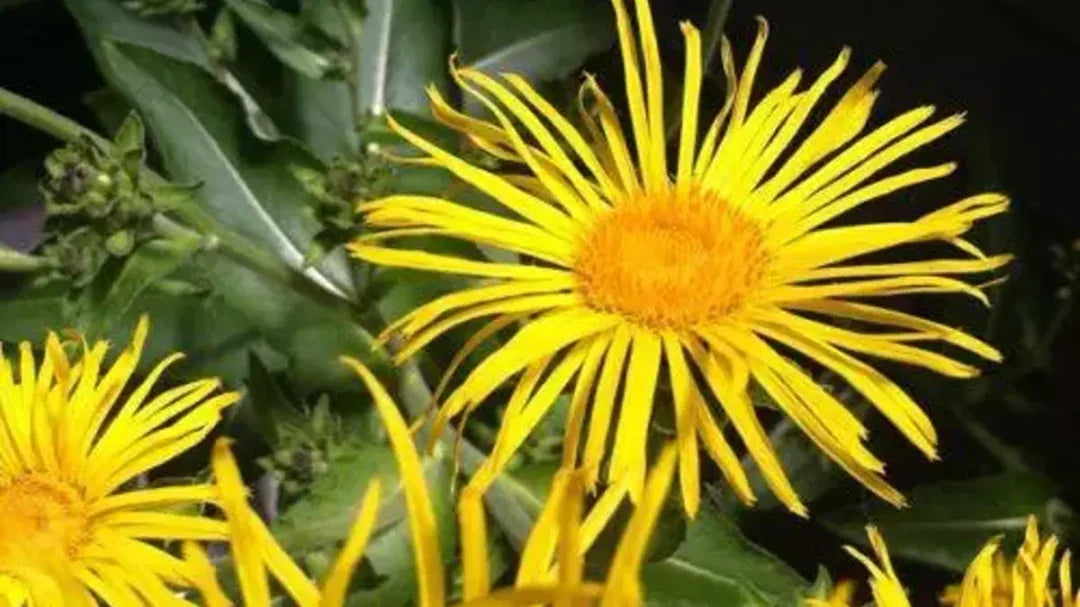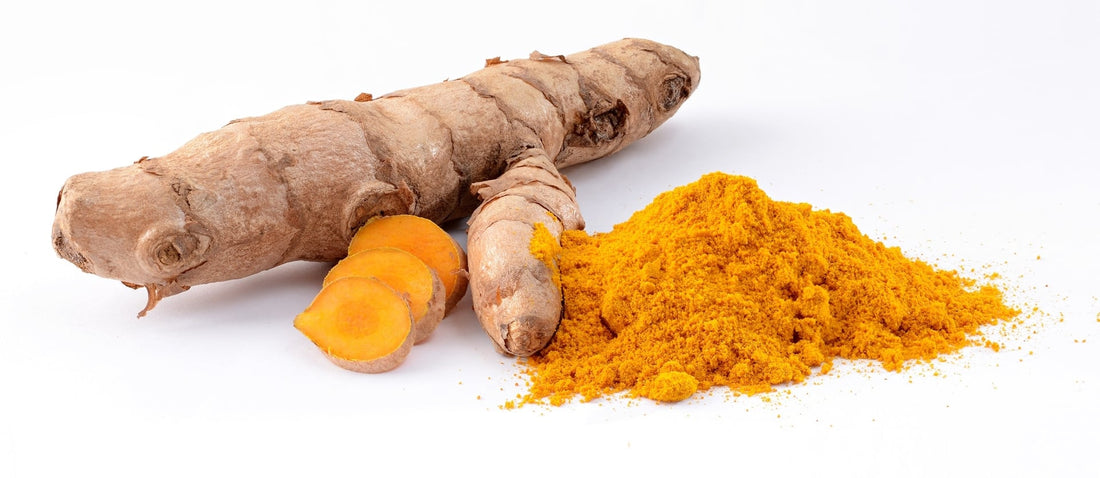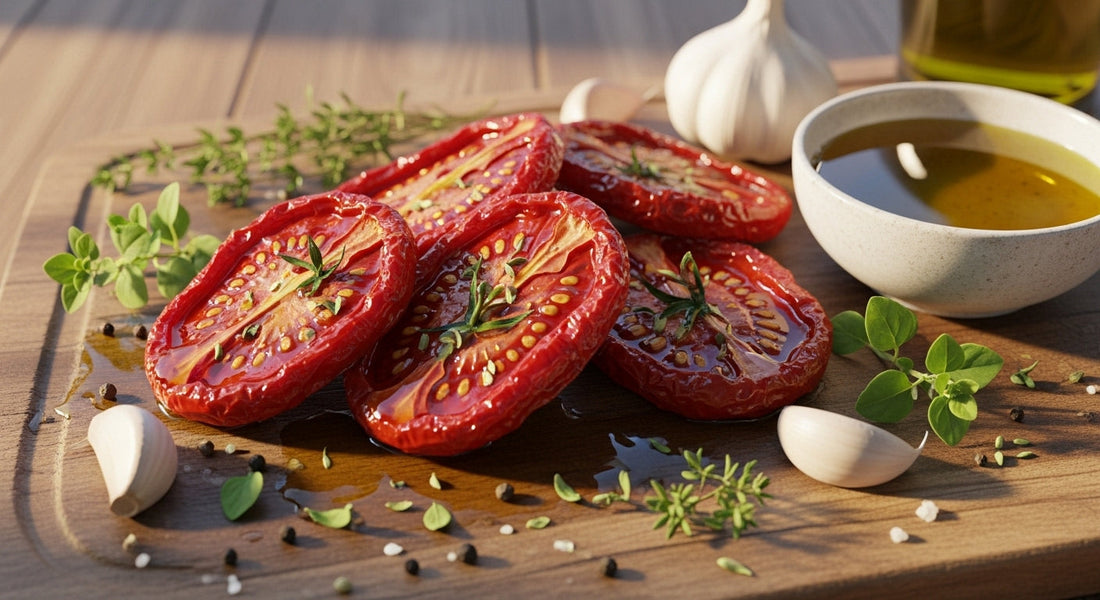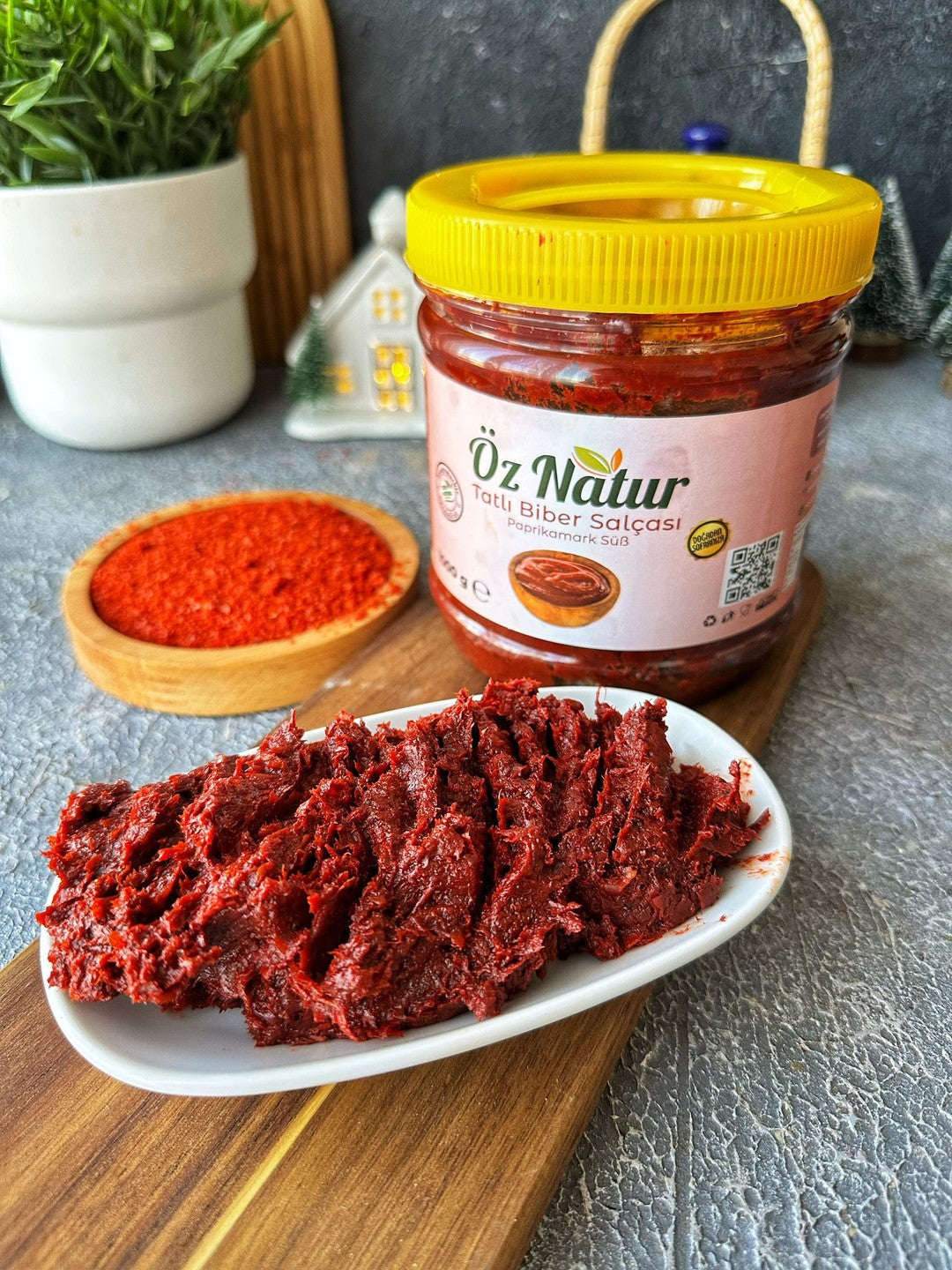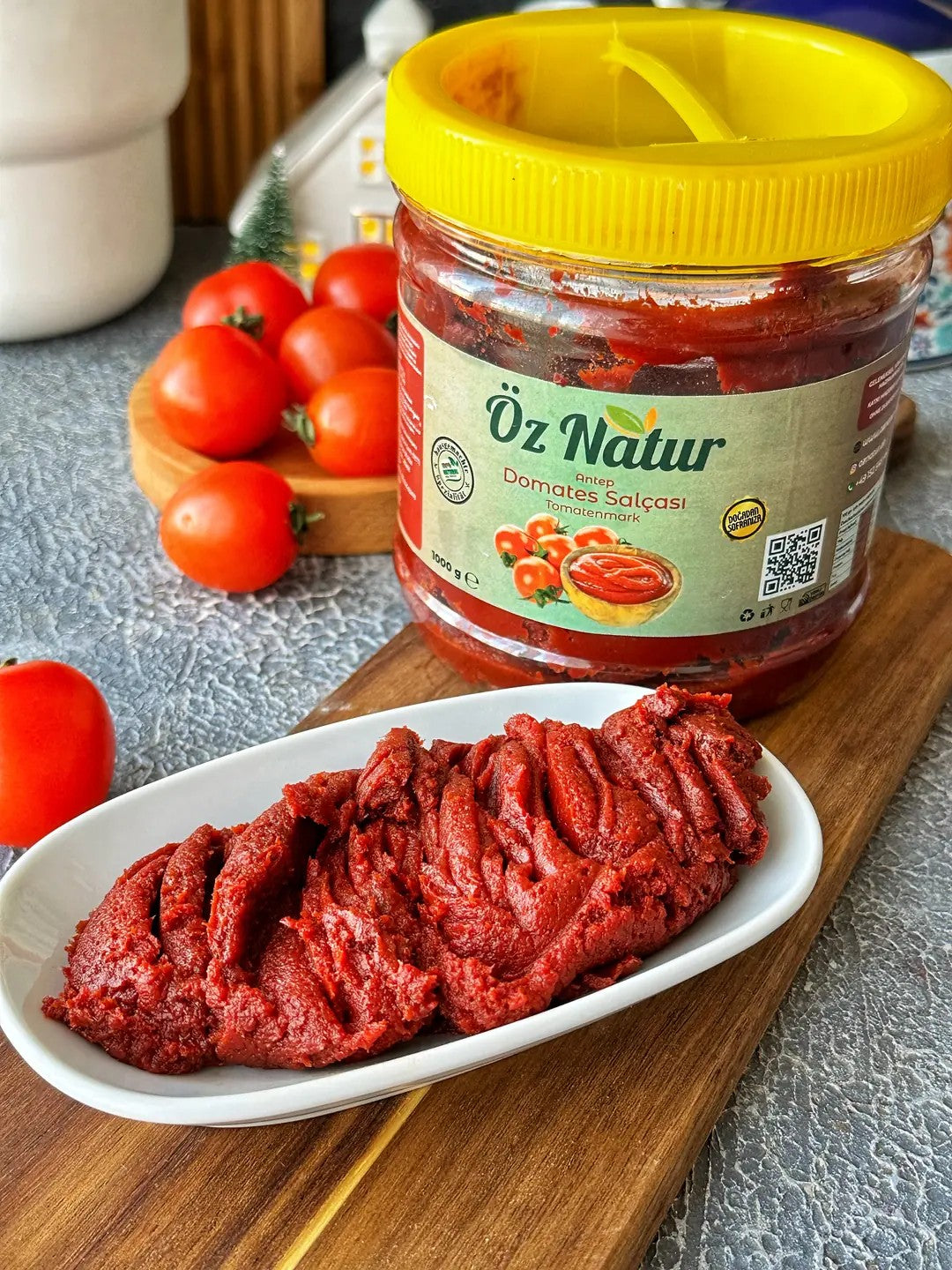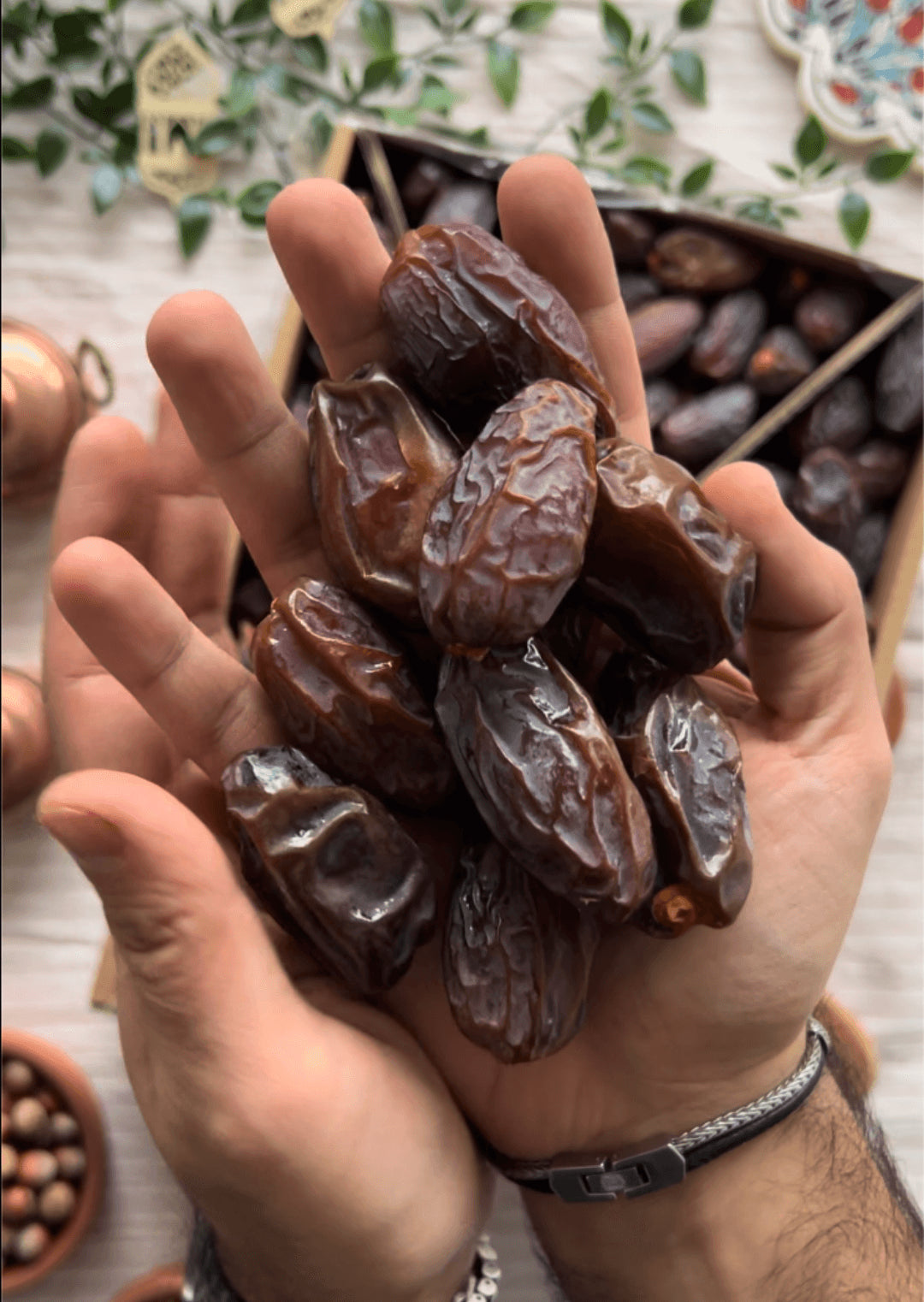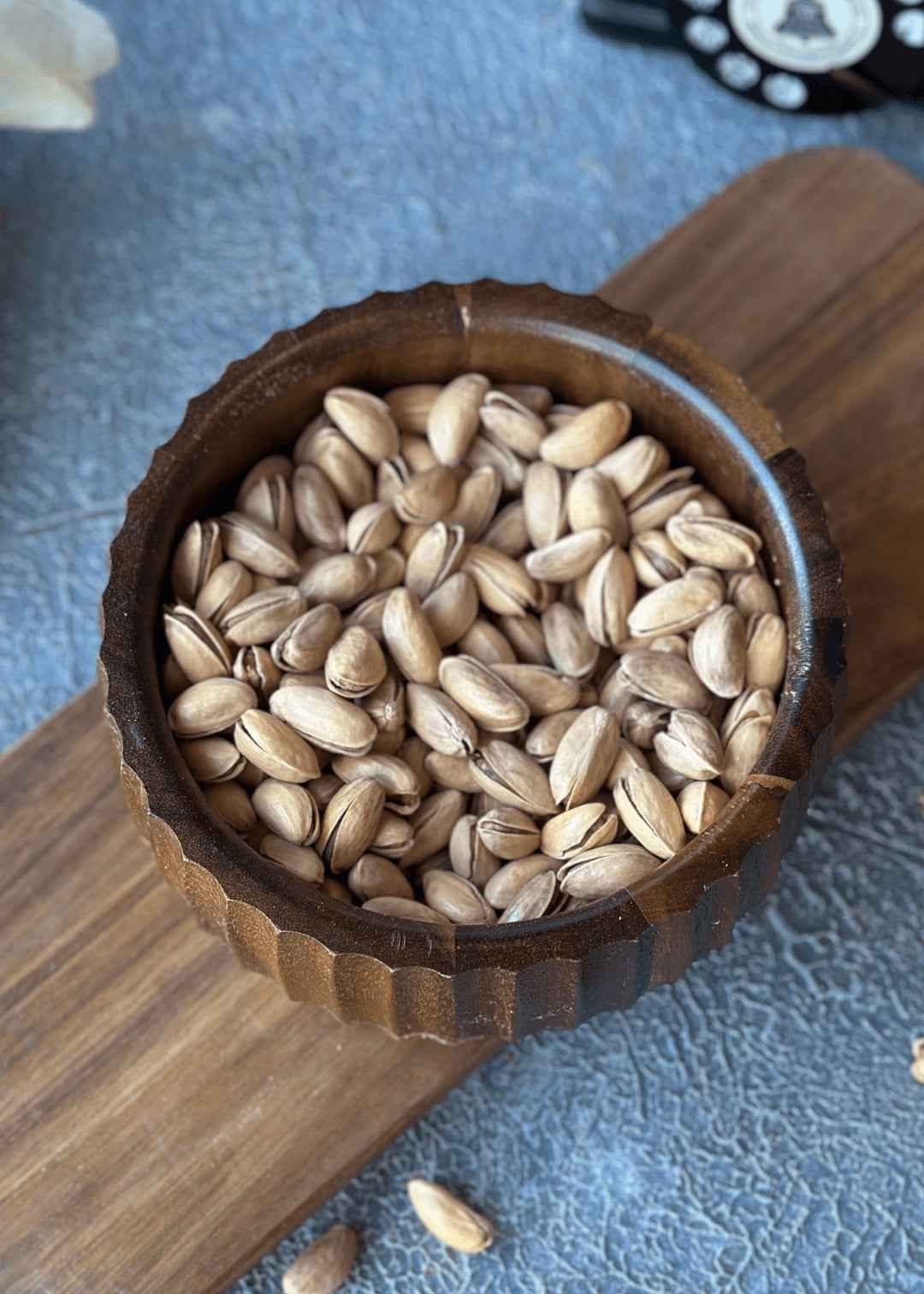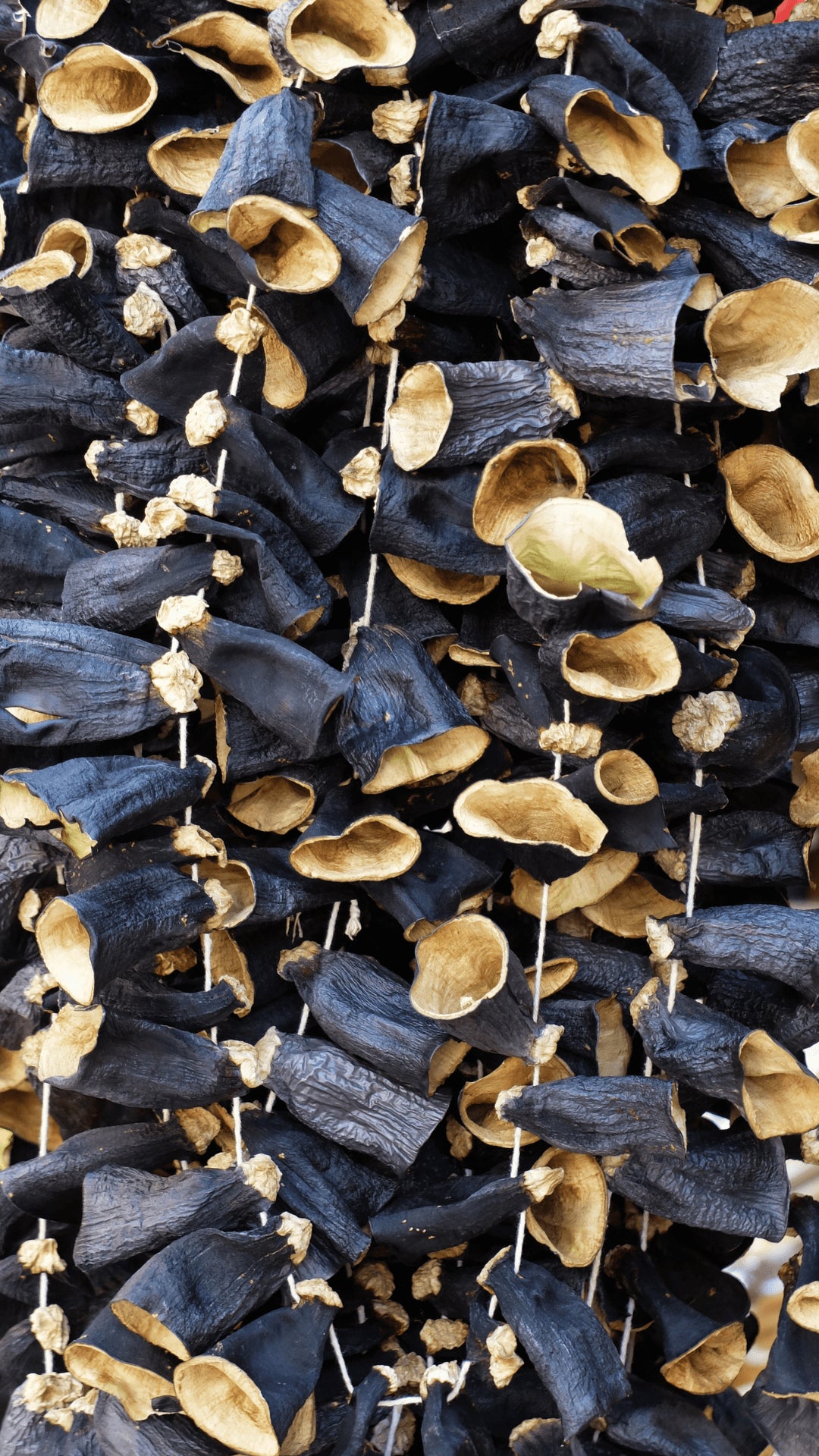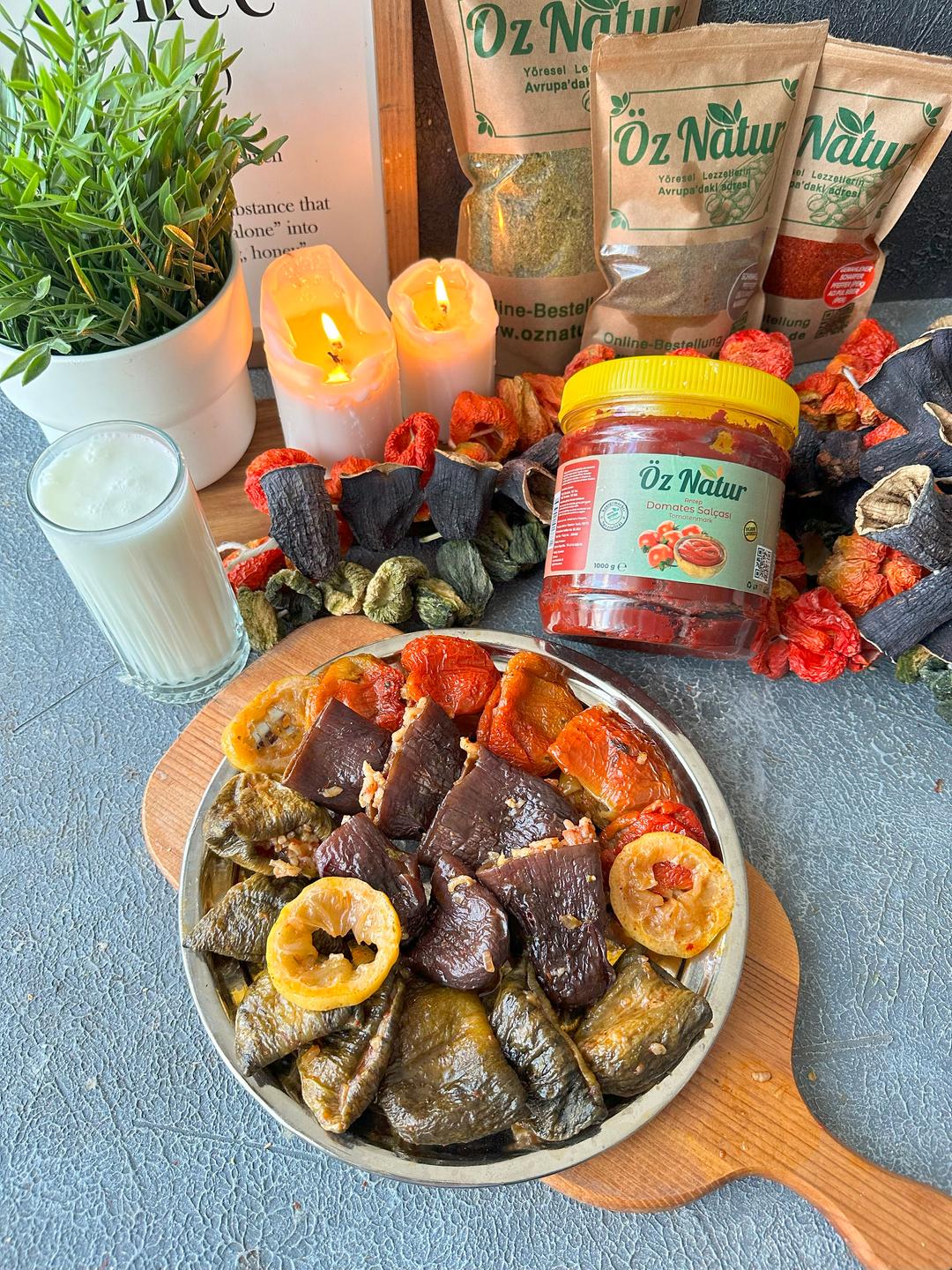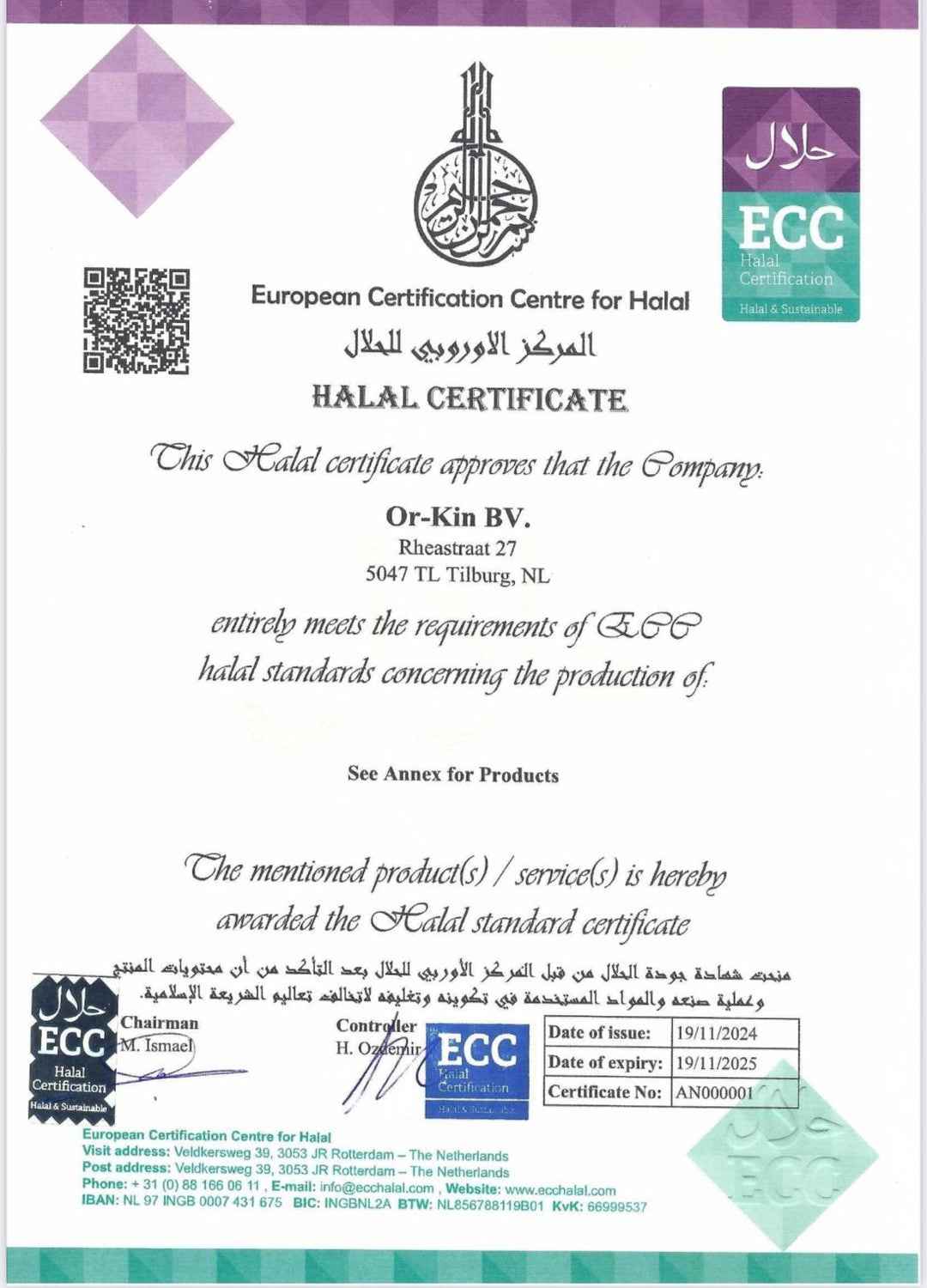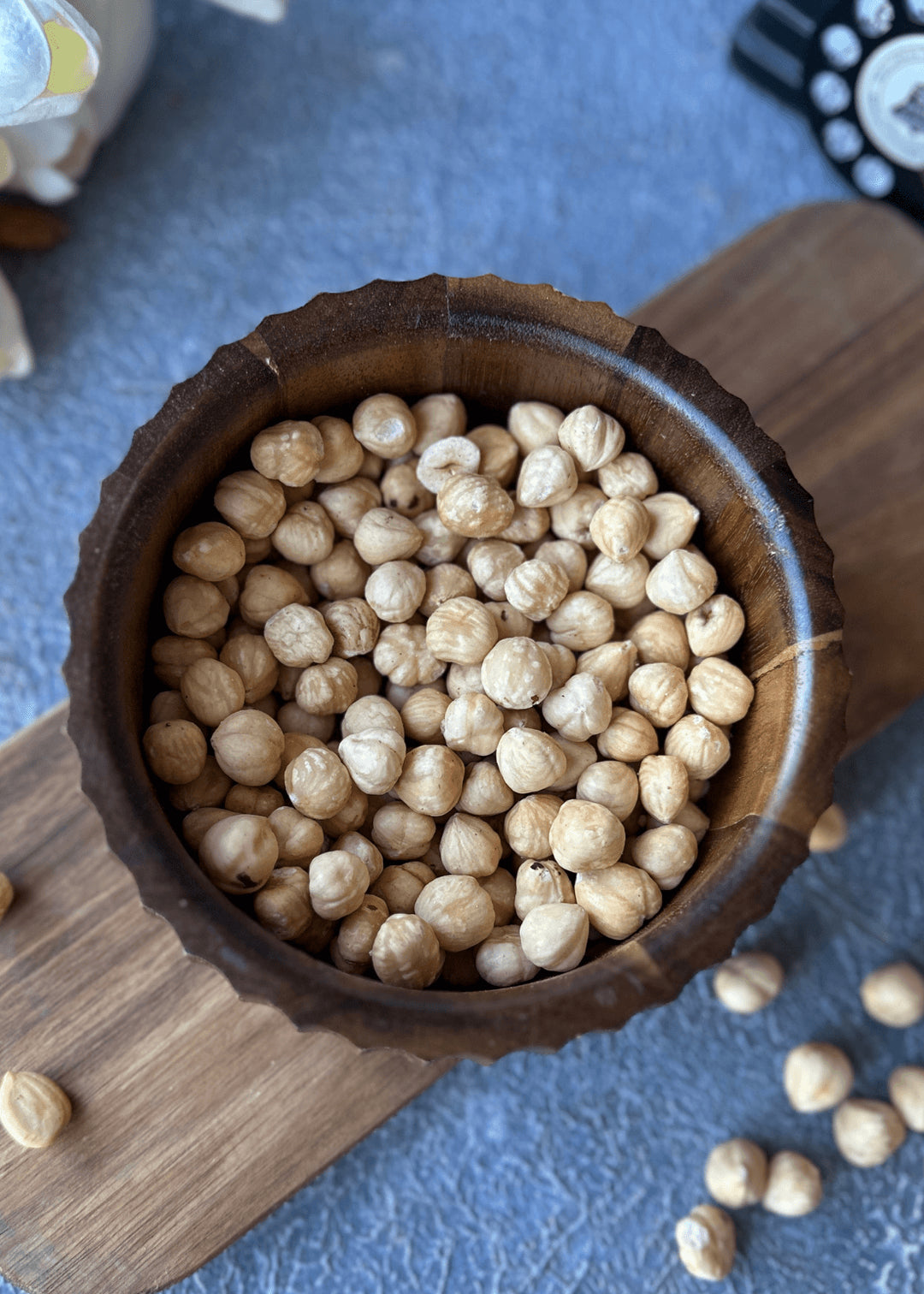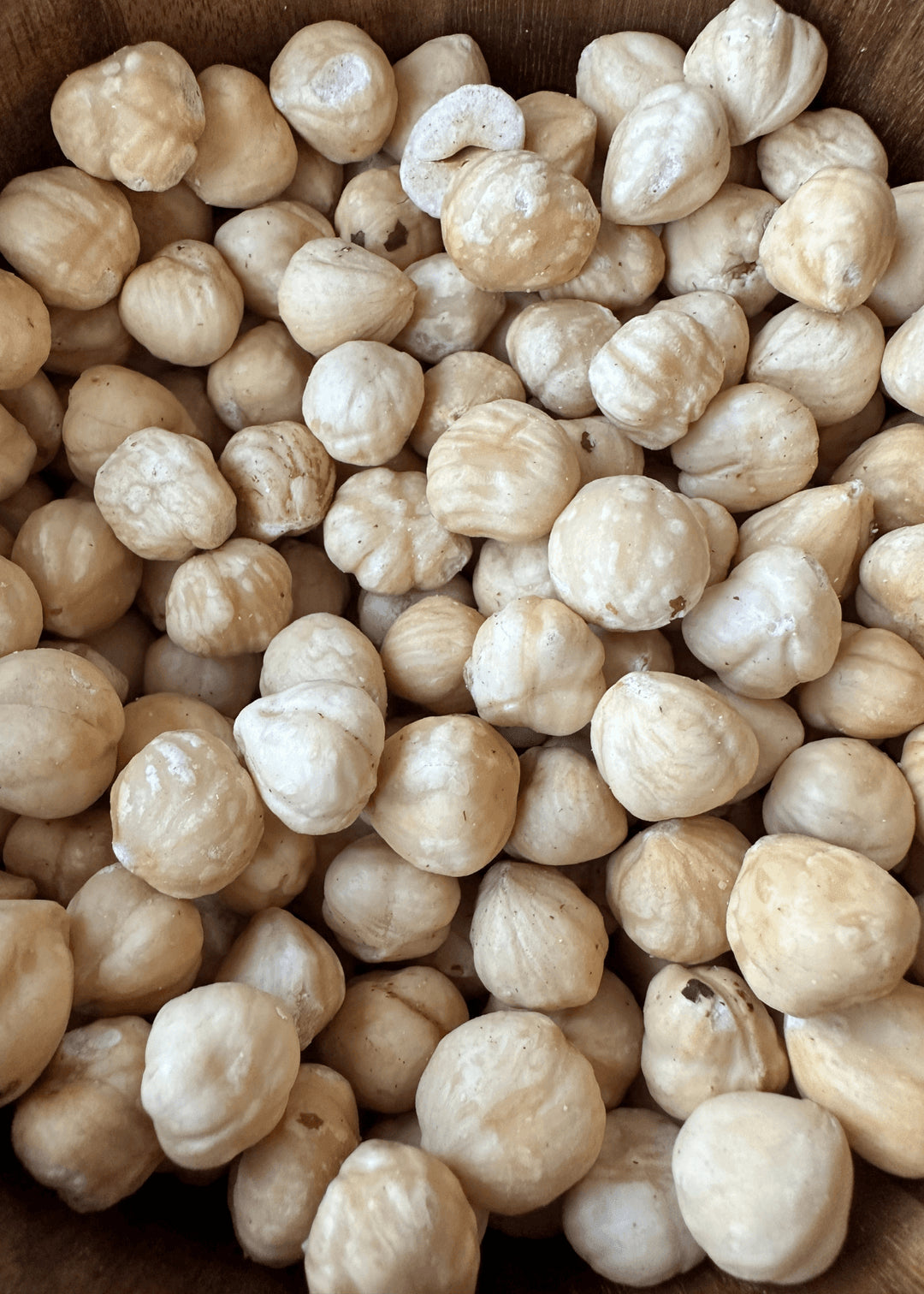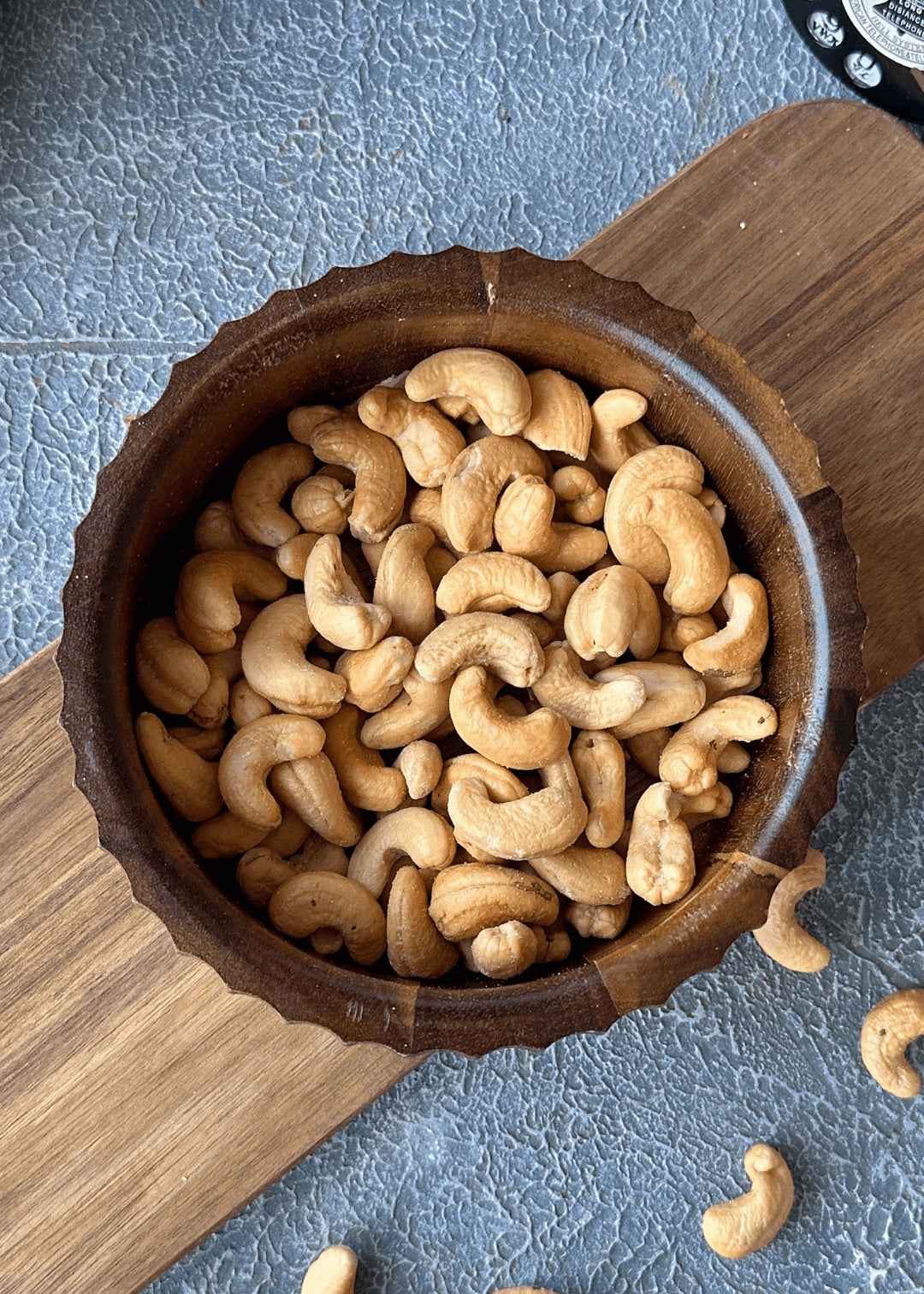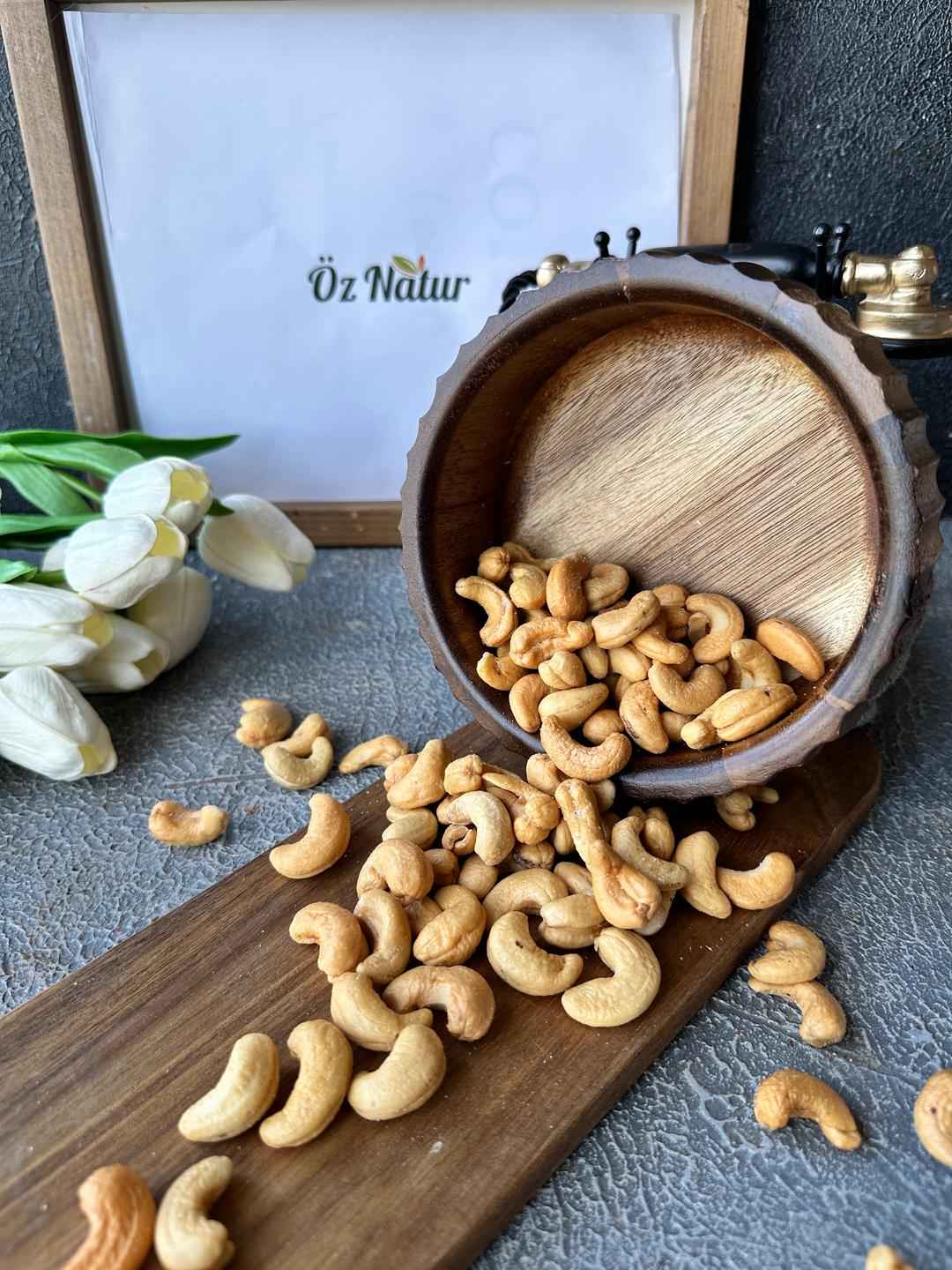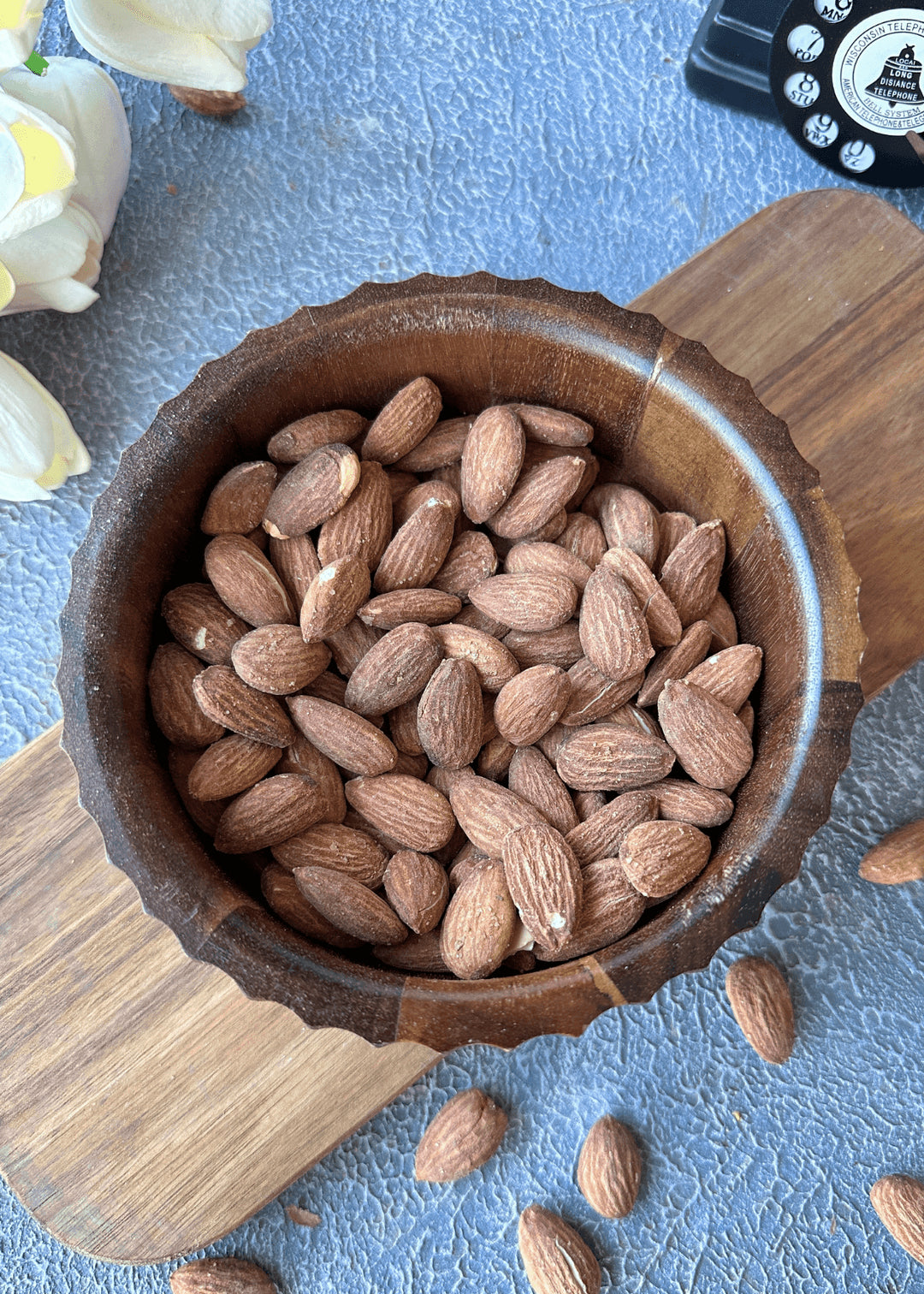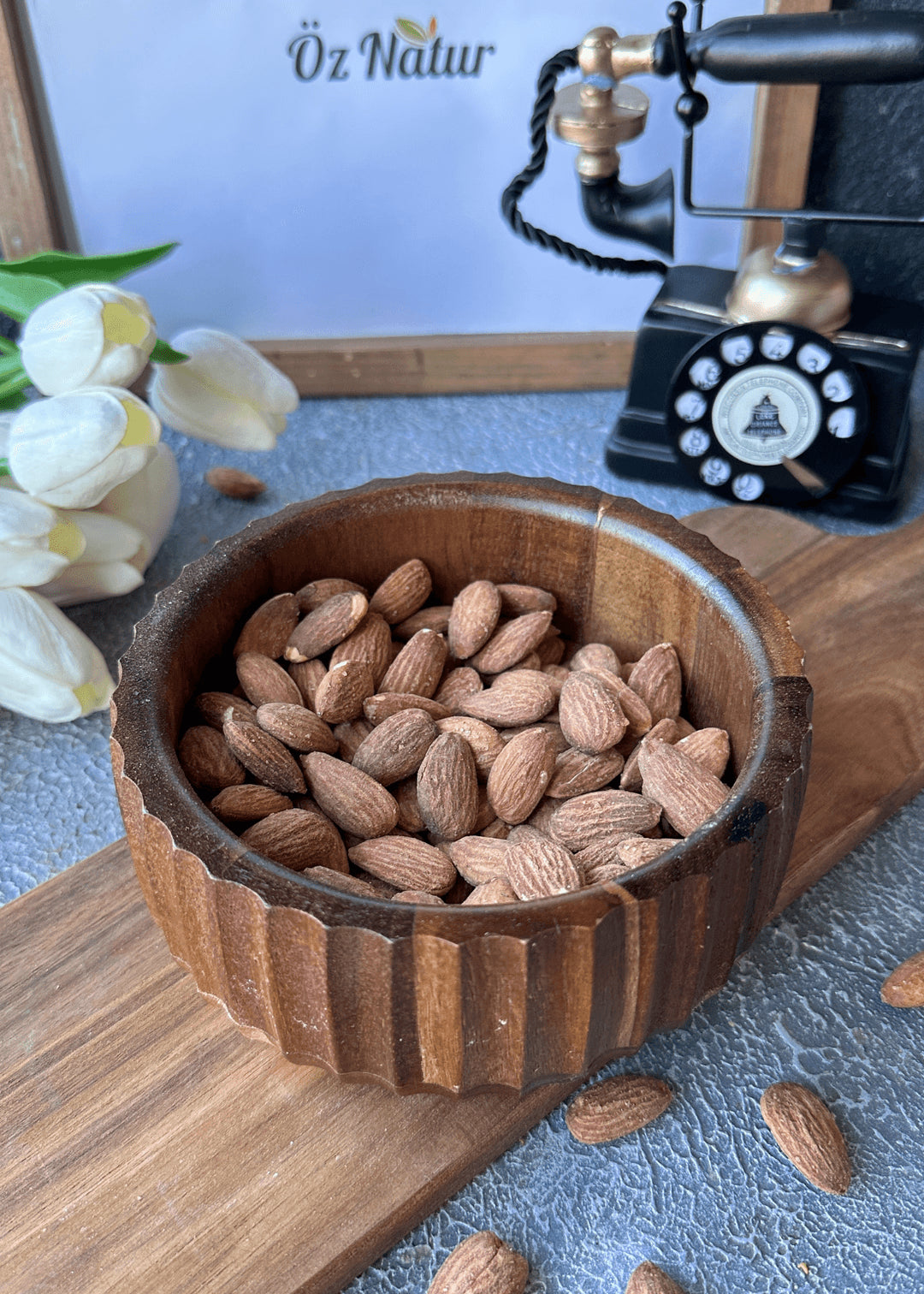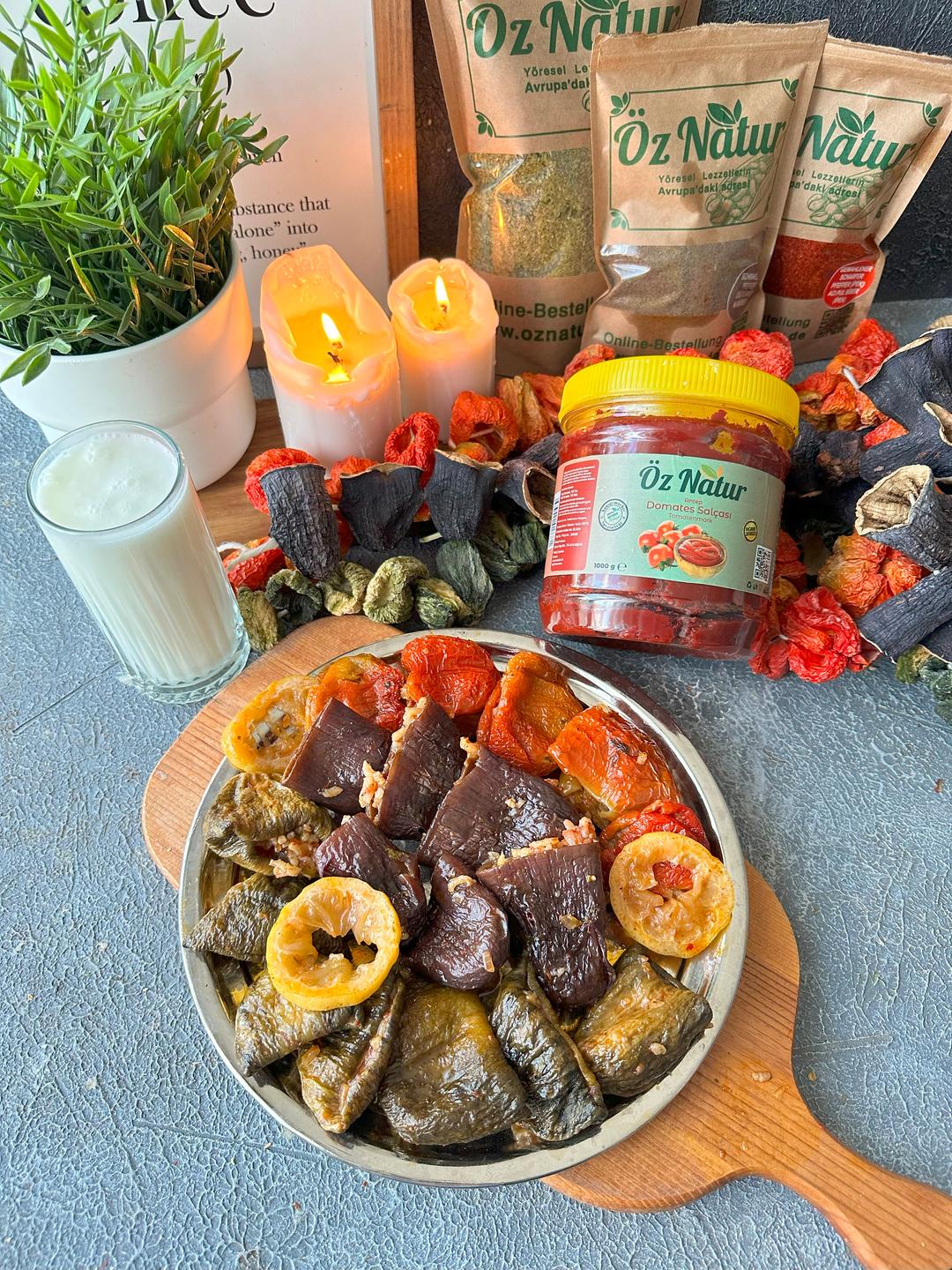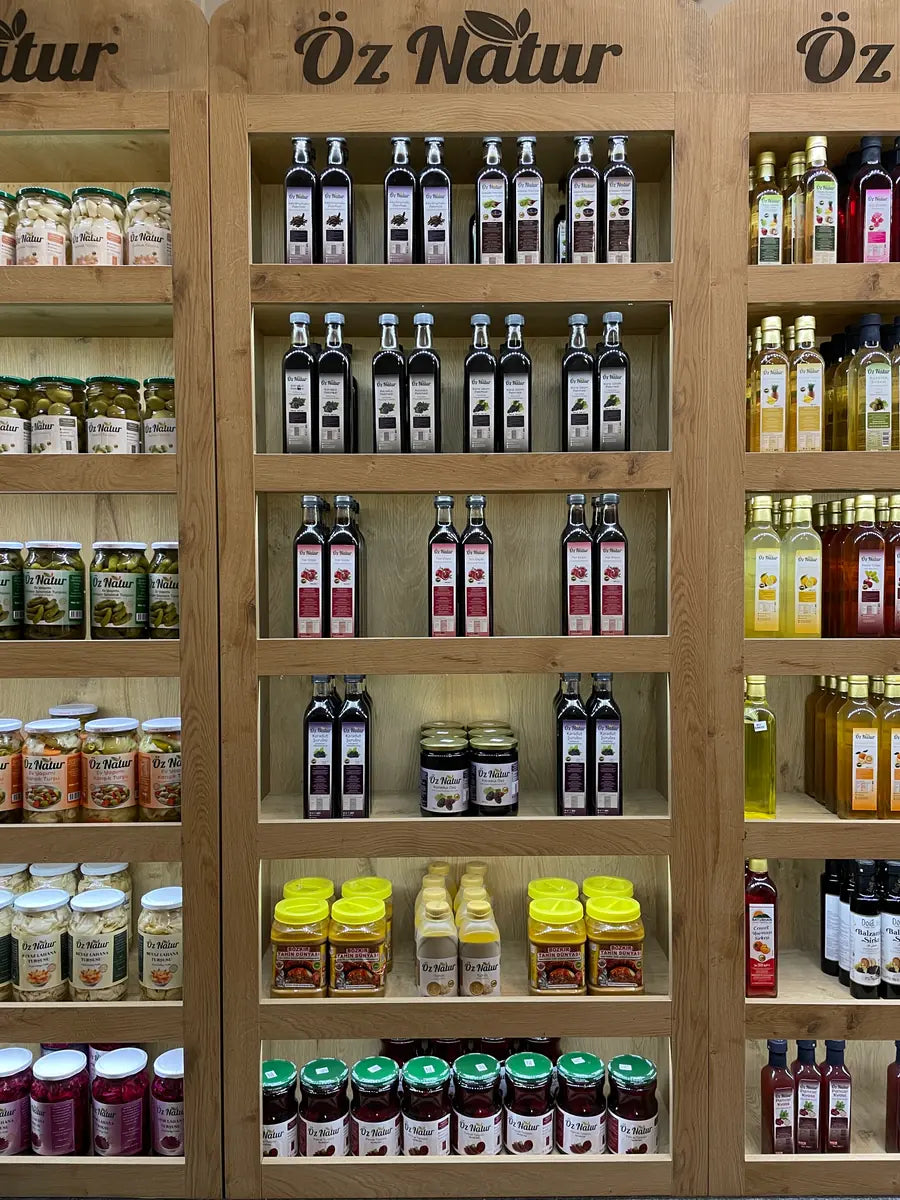Elecampane is a plant best known for its roots, which have been used in various ways throughout history. It can be prepared as tea, syrup, or in powdered form. With its tall growth and bright yellow flowers, elecampane is a plant that stands out in nature and has long been a part of traditional uses in different cultures.
Where Does Elecampane Grow?
Elecampane is a hardy plant that thrives in temperate climates. It is native to large parts of Europe, western Asia, and Turkey. The plant grows in moist soils, often found in mountainous and forested areas. In Turkey, it is most commonly seen in the Mediterranean, Aegean, and Black Sea regions. Elecampane can grow up to two meters tall, and its striking yellow flowers, which bloom in summer, make it easy to identify. Besides its wild occurrences, it is increasingly cultivated for commercial purposes.
How Is Elecampane Harvested?
Elecampane is primarily harvested for its roots. During spring or autumn, the roots are carefully dug out of the soil. After cleaning, the roots are dried to make them suitable for use. Drying is typically done in the shade. Once dried, the roots can be ground into powder and used in different preparations. Fresh roots are also used to make teas or syrups.
Uses of Elecampane
Throughout history, elecampane has been used in different forms and for various purposes. It can be brewed as tea, processed into syrup, or ground into powder to be added to blends. In many cultures, the plant has been part of traditional practices and recipes. Its long roots and bright flowers make it a recognizable and valued herb in both natural environments and cultivated fields.


